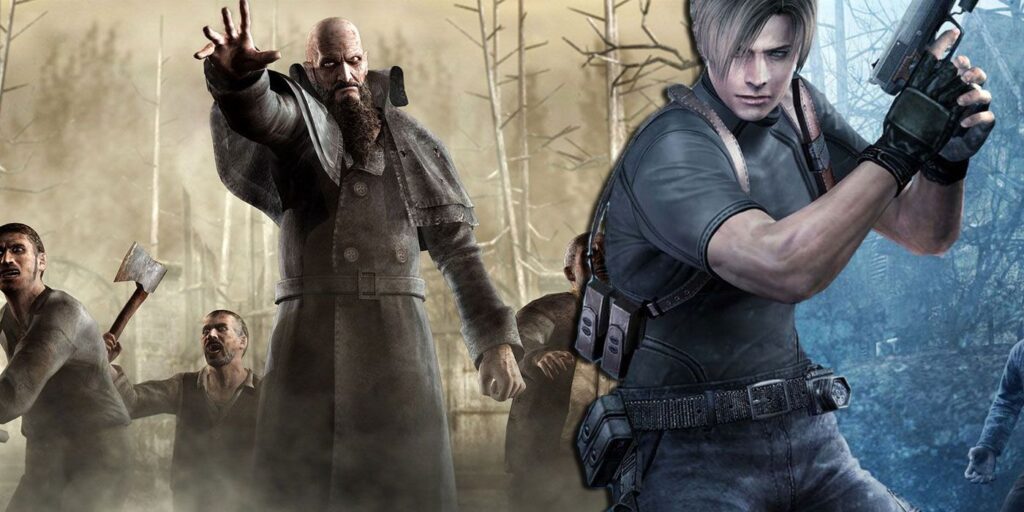Resident Evil 4, released in 2005 for Gamecube, was a game-changer for both the franchise and the horror gaming genre. The game featured a third-person over-the-shoulder camera view, quick-time events, and melee attacks, which improved the immersion of the gameplay. The game’s story was seamlessly integrated into the gameplay, and the atmosphere was enhanced by the use of lighting and sound design. Resident Evil 4 set the bar for immersive horror gaming and influenced many games that followed, such as Dead Space, The Evil Within, and Outlast. Its impact on the horror gaming genre remains significant.
Paving the Way for Horror: Resident Evil 4 on Gamecube
Introduction
The Resident Evil series has become a household name in the gaming world since its inception in 1996. The franchise has conquered numerous gaming platforms and has taken horror gaming to the next level with each iteration. But, Resident Evil 4, released in 2005 for Gamecube, was a game-changer, not only for the franchise but for the entire horror gaming genre.
The Backstory
Resident Evil 4 was initially in development for the PlayStation 2, but the development team, led by Shinji Mikami, faced various obstacles with the console’s hardware limitations. As a result, it was decided to switch to Gamecube, which provided better graphical capabilities and a more effective way to control the game.
The Gameplay
Resident Evil 4 was a significant departure from its predecessors in terms of gameplay. The game featured a third-person over-the-shoulder camera view instead of the fixed camera angles of earlier games. This change in perspective made the game more immersive, and players felt like they were in the shoes of protagonist Leon S. Kennedy.
The game introduced several new features, such as the ability to aim and shoot while moving, quick-time events, and melee attacks. The inventory management system was also overhauled, with players having to organize and manage their inventory to keep essential items at hand.
The developers also integrated the game’s story into the gameplay seamlessly. The game’s narrative was full of twists and turns, and players were left wondering what would happen next.
The Atmosphere
Resident Evil 4 was a visual treat and had a grim and dark atmosphere that engulfed players. The developers utilized lighting and sound design to create a genuinely terrifying experience. The game’s music and sound effects were haunting and intensified the player’s fear.
The game’s setting, a rural village in Spain, provided a fresh backdrop for the franchise and was masterfully crafted to create a desolate atmosphere. The enemies in the game, called Los Ganados, were unlike anything players had faced before. This cult-like group of villagers had been infected by a parasitic organism and were relentless in their pursuit of Leon.
The Impact
Resident Evil 4 was a critical and commercial success, garnering universal acclaim from critics and players alike. The game was revered for its gameplay, atmosphere, and story. It has been ported to several platforms, including PlayStation 2, Wii, and PlayStation 4, and has gained a new fan base with each iteration.
The game’s influence on the horror gaming genre cannot be overstated. Resident Evil 4 set the bar for immersive gameplay and atmosphere, and many games since have followed its lead. Games like Dead Space, The Evil Within, and Outlast owe their success to Resident Evil 4’s blueprint for horror gaming.
Conclusion
Resident Evil 4 on Gamecube was not only a landmark game for the franchise but for the horror gaming genre as a whole. The game’s immersive gameplay, atmosphere, and story paved the way for future horror games and set the bar incredibly high. It remains a testament to the developers’ masterful craft and their ability to push the boundaries of horror gaming.
